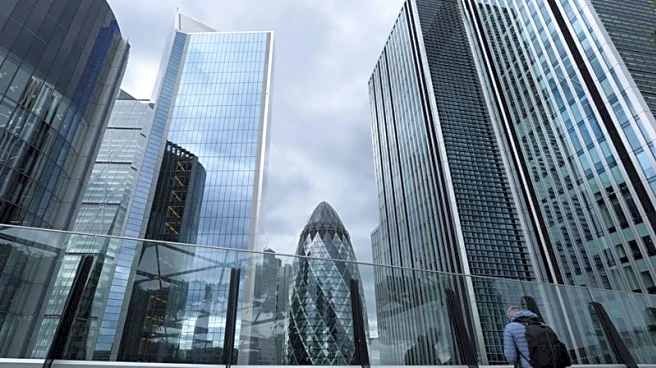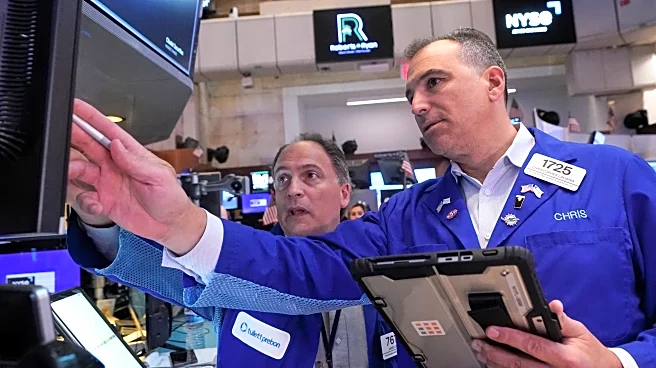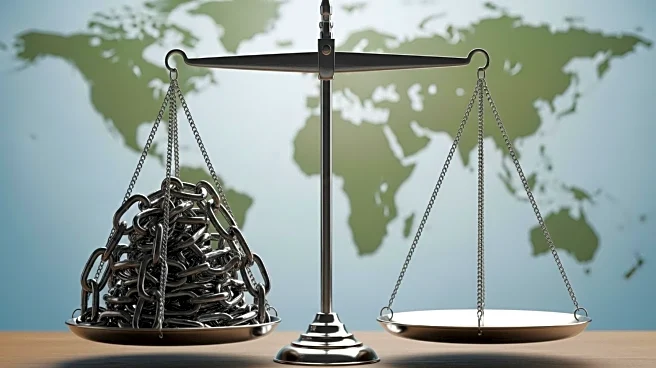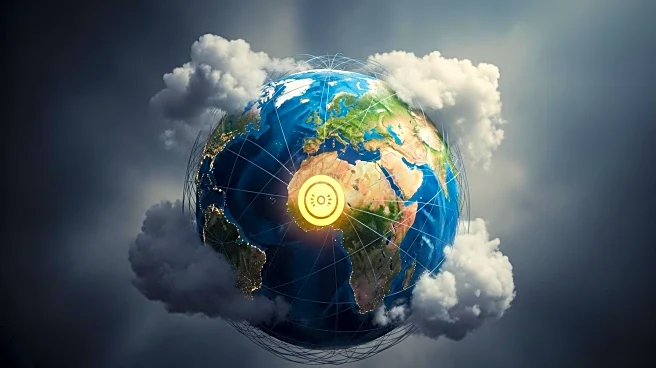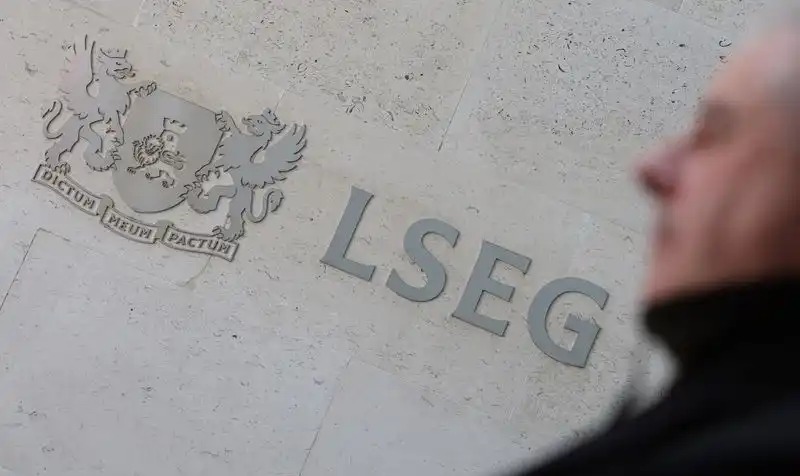What's Happening?
A fireworks display by Chinese artist Cai Guo-Qiang in the Himalayas has led to protests at London's White Cube gallery. The display, titled Ascending Dragon, took place on September 19 and involved 1,050 firework units igniting over 52 seconds at high altitudes. UK-based groups, including Tibetan Community in Britain and Free Tibet, have condemned the event as 'cultural violence' due to its impact on the region's ecology. The protestors argue that such displays pollute water sources, disturb wildlife, and accelerate glacial melt. The gallery, which is hosting an exhibition by Guo-Qiang, has acknowledged the concerns raised by these groups. The artist has expressed regret and is cooperating with third-party organizations to assess the ecological impact.
Why It's Important?
The controversy highlights the tension between cultural expression and environmental responsibility. The protests underscore the sensitivity surrounding Tibet's ecology and cultural heritage, which are often subjects of international debate due to China's control over the region. The incident raises questions about the ethical implications of art that impacts fragile ecosystems. It also puts pressure on institutions like White Cube to consider the broader consequences of the art they exhibit. The backlash could influence future collaborations and exhibitions involving artists whose work may have environmental repercussions.
What's Next?
The local Shigatse party committee and government in Tibet have initiated an investigation into the fireworks display. Depending on the findings, Cai Guo-Qiang and his sponsors may face legal or regulatory consequences. The White Cube gallery may need to reassess its collaboration with the artist and address the concerns raised by protestors. The incident could lead to stricter guidelines for art installations in ecologically sensitive areas, influencing how artists and galleries approach such projects in the future.
Beyond the Headlines
The event brings to light the broader issue of cultural preservation in Tibet, a region with a complex political history. The protests reflect ongoing concerns about the systematic destruction of Tibetan culture under Chinese governance. This situation may prompt international discourse on the balance between artistic freedom and cultural sensitivity, especially in politically charged regions.





